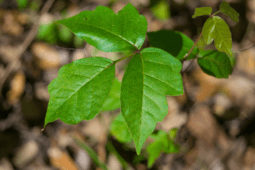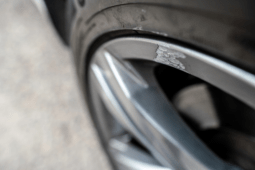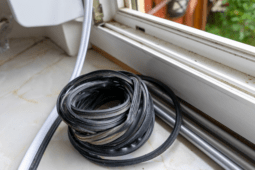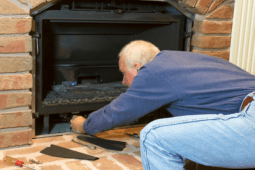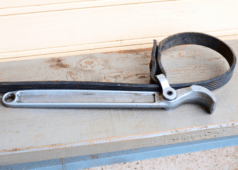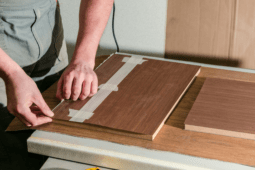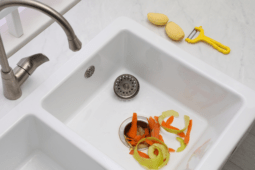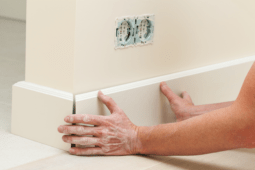How to Remove Poison Ivy From Your Yard Safely
Picture this: You’re enjoying a beautiful day in your backyard when suddenly you spot those telltale leaves of three. Poison ivy has invaded your outdoor sanctuary! Don’t panic – we’ve got you covered. In this comprehensive guide, we’ll walk you through the process of how to remove poison ivy safely and effectively from your yard. Whether you’re dealing with a small patch or a full-blown infestation, our expert tips will help you reclaim your outdoor space without risking an itchy, uncomfortable rash.
Ready to take on life with unshakable confidence? Whether you’re aiming to excel in your career, improve your relationships, or conquer DIY projects, NLP Hero’s Confidence Course is your key to success. Click here to start transforming your confidence and be better at everything you do!
Know What to Look For When Identifying Poison Ivy
Before you can remove poison ivy, you need to be able to identify it accurately. Poison ivy is known for its distinctive clusters of three leaves, but there’s more to look out for:
Leaf Characteristics: The leaves are typically glossy and can vary in color from light to dark green, sometimes with a reddish tinge. The edges may be smooth or slightly toothed.
Growth Patterns: Poison ivy can grow as a vine, climbing trees and structures, or as a low-growing shrub. It’s adaptable and can thrive in various environments.
Seasonal Changes: In spring, new leaves often appear reddish. In fall, the foliage can turn vibrant shades of red, orange, or yellow.
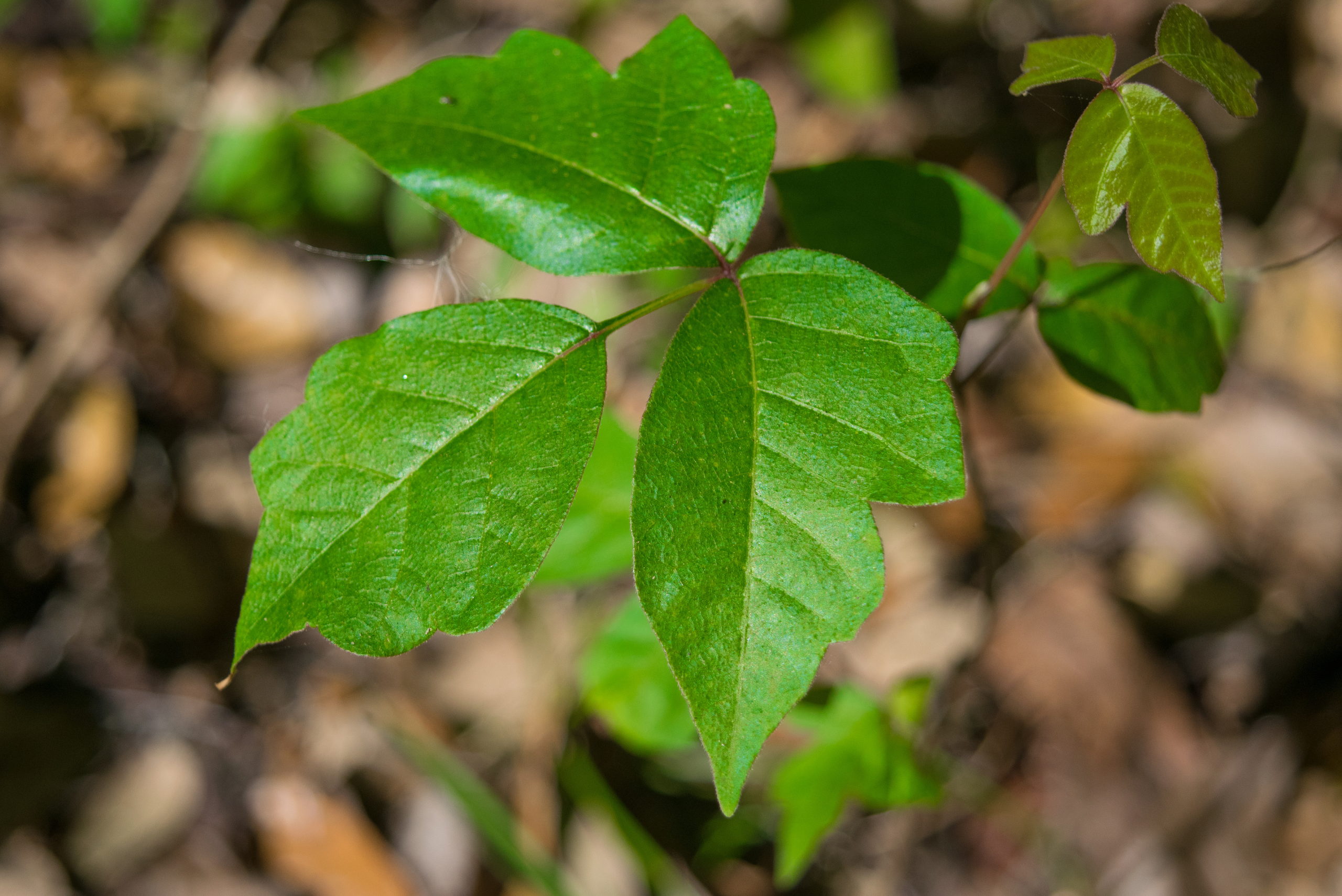
Being able to spot poison ivy is crucial for effective removal and avoiding accidental contact. Familiarize yourself with its appearance throughout the seasons to stay vigilant year-round.
Preparing for Poison Ivy Removal and Avoiding Contact
When it comes to removing poison ivy, safety should be your top priority. The plant’s oil, called urushiol, can cause severe skin reactions even with minimal contact. Here’s how to protect yourself:
Protective Clothing: Wear long sleeves, pants, closed-toe shoes, and thick gloves. Consider using disposable coveralls for added protection.
Eye Protection: Don safety goggles to prevent any oil from coming into contact with your eyes.
Tool Preparation: Have clean, sharp pruning shears, a shovel, and plastic bags ready for plant disposal.
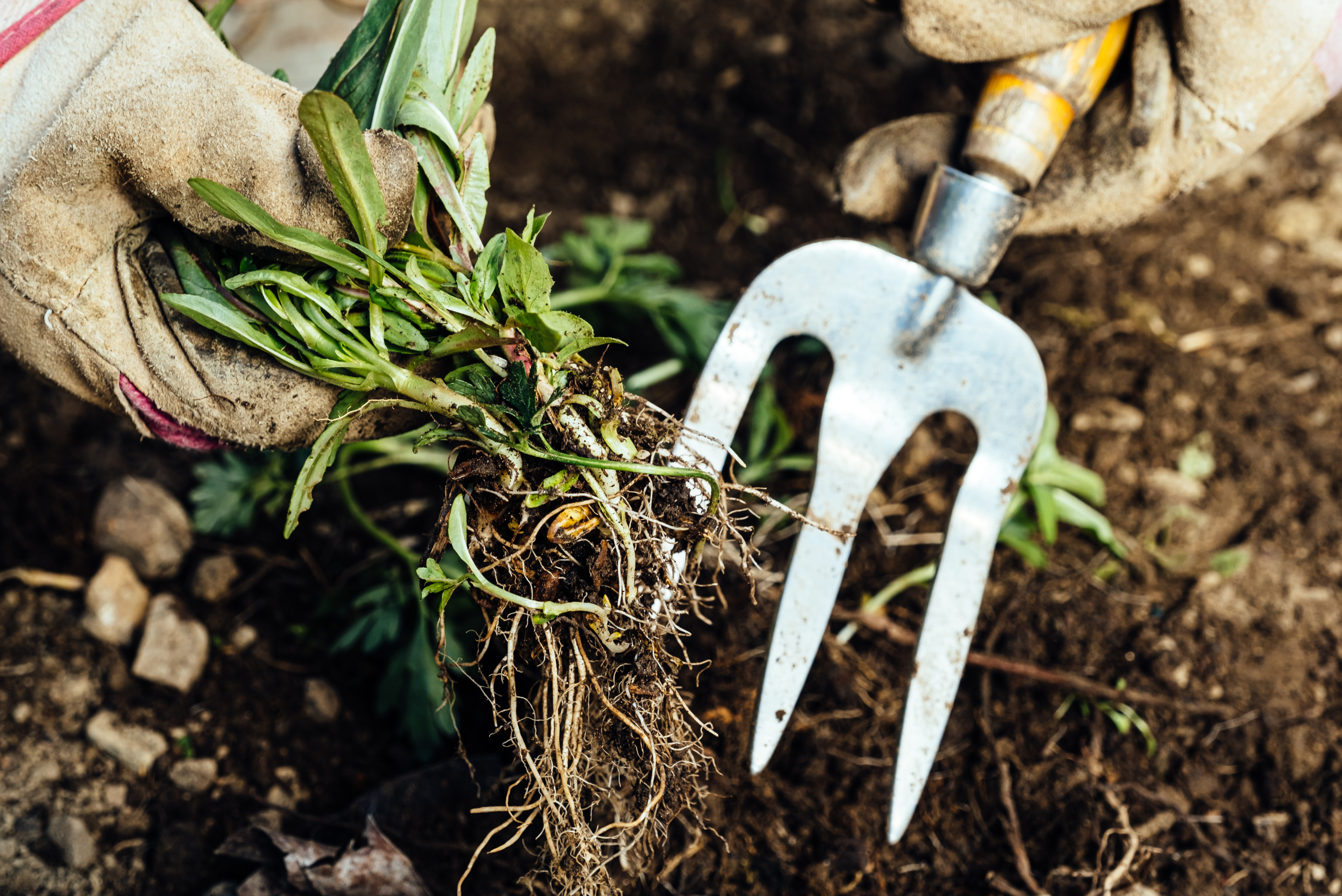
Remember, even dead poison ivy plants can cause a reaction, so always handle them with caution. By taking these precautions, you’ll minimize the risk of exposure during the removal process.
Choosing the Right Approach When Removing Poising Ivy
There are several methods for removing poison ivy from your yard. The best approach depends on the extent of the infestation and your personal preferences:
Manual Removal: For small areas, carefully dig out the entire plant, including roots. Place it in a plastic bag for disposal.
Herbicide Application: Use a poison ivy-specific herbicide, following the manufacturer’s instructions carefully. This method is effective for larger infestations.
Smothering: Cover the area with thick black plastic, securing the edges. Leave it in place for several months to kill the plants.
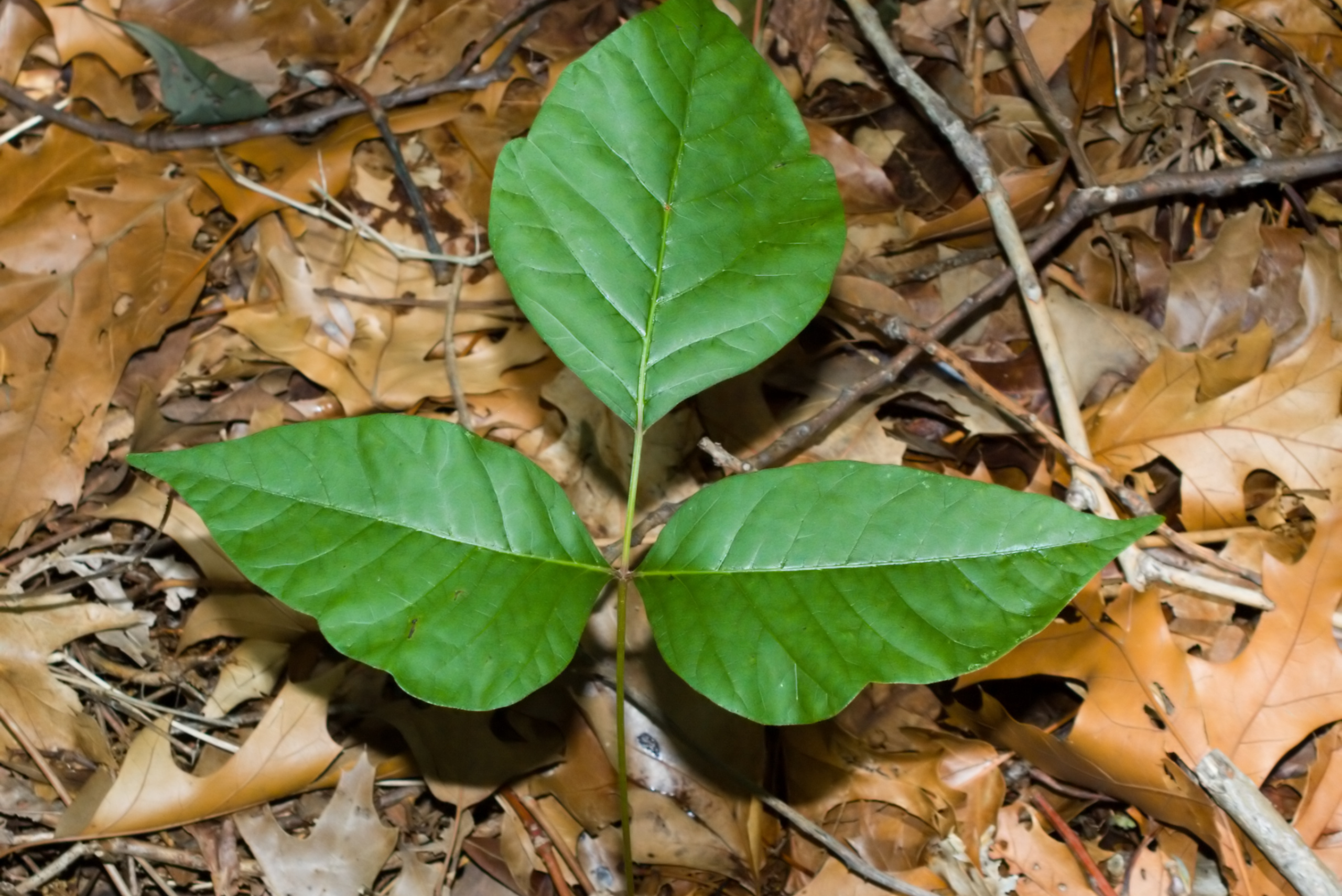
Each method has its pros and cons, so consider factors like the location of the poison ivy, nearby plants you want to protect, and your comfort level with using chemicals.
Proper Disposal to Prevent Further Spread
Once you’ve removed the poison ivy, proper disposal is crucial to prevent further spread and potential exposure:
Bagging: Place all plant material in thick plastic bags, sealing them tightly.
Never Burn: Burning poison ivy releases toxic fumes that can cause severe respiratory issues if inhaled.
Check Local Regulations: Some areas have specific guidelines for disposing of invasive plants. Check with your local waste management facility for proper disposal methods.
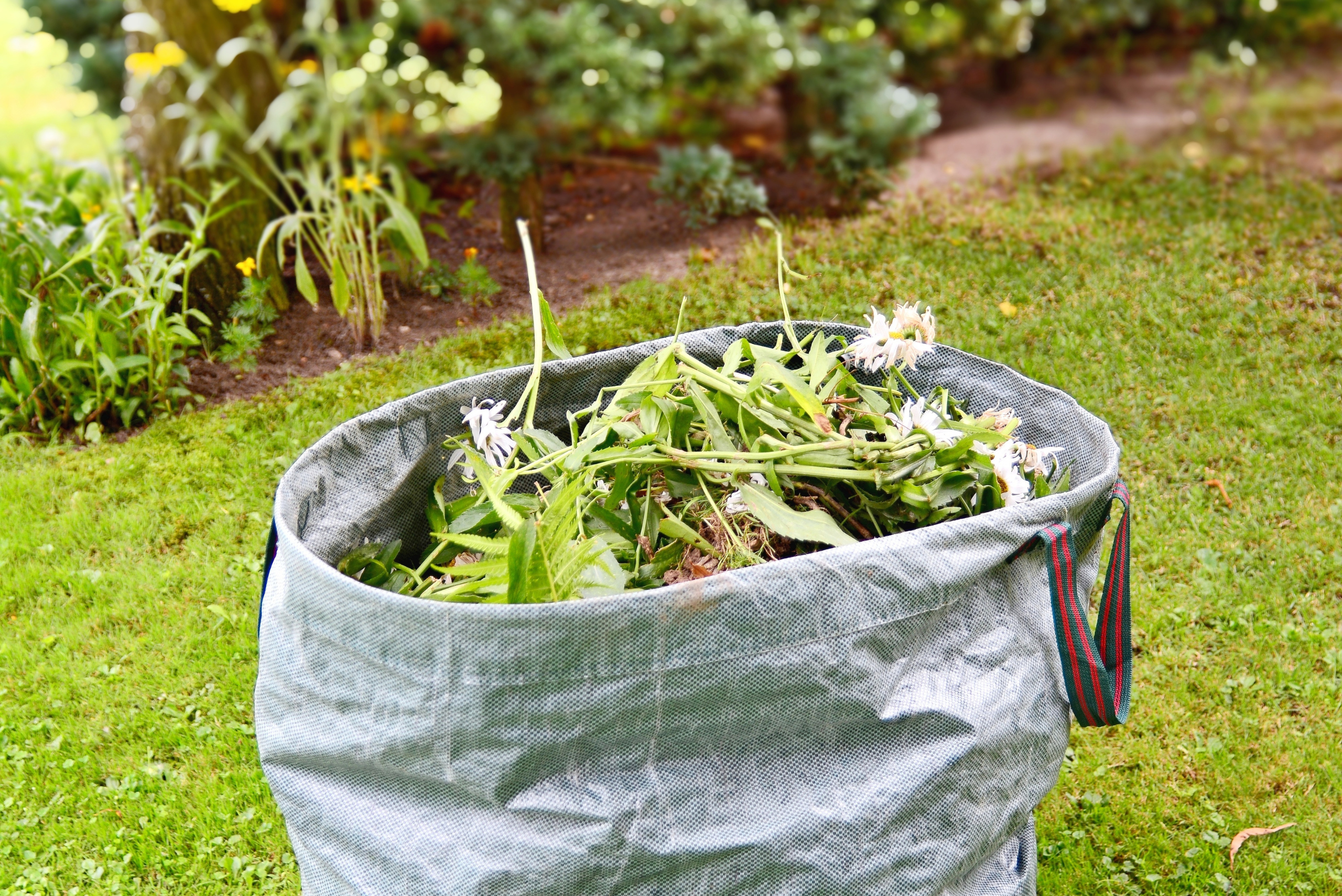
By disposing of poison ivy correctly, you’ll ensure that it doesn’t regrow or cause problems for others.
Post-Removal Care Must-Knows and Preventing Regrowth
After removing poison ivy, thorough cleanup is essential to prevent accidental exposure:
Tool Cleaning: Wash all tools used in the removal process with soap and water, followed by rubbing alcohol.
Clothing Care: Wash clothes separately in hot water with detergent. Consider disposing of gloves if they’re not easily washable.
Skin Protection: If you suspect any contact with the plant, wash the affected area with cool water and mild soap immediately.
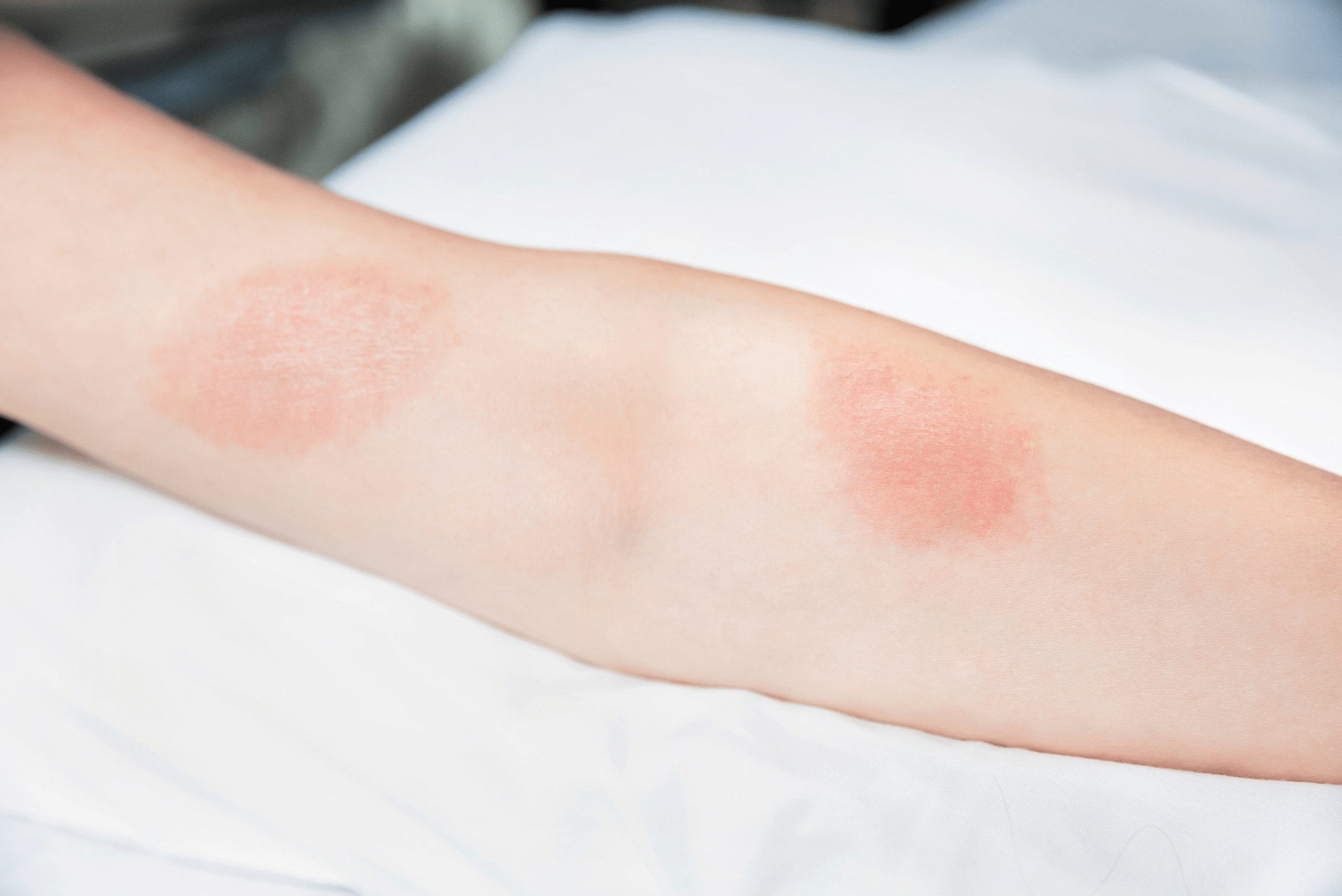
To prevent regrowth, monitor the area regularly and promptly remove any new shoots that appear. Consider replanting the area with native, non-invasive species to discourage poison ivy from returning.
Natural Alternatives and Eco-Friendly Removal Options
For those who prefer natural methods, there are eco-friendly alternatives to chemical herbicides:
Vinegar Solution: A mixture of white vinegar, salt, and dish soap can be effective on young plants.
Boiling Water: Carefully pour boiling water over the roots of poison ivy plants to kill them.
Goat Grazing: In large areas, goats can be used to eat and control poison ivy growth.
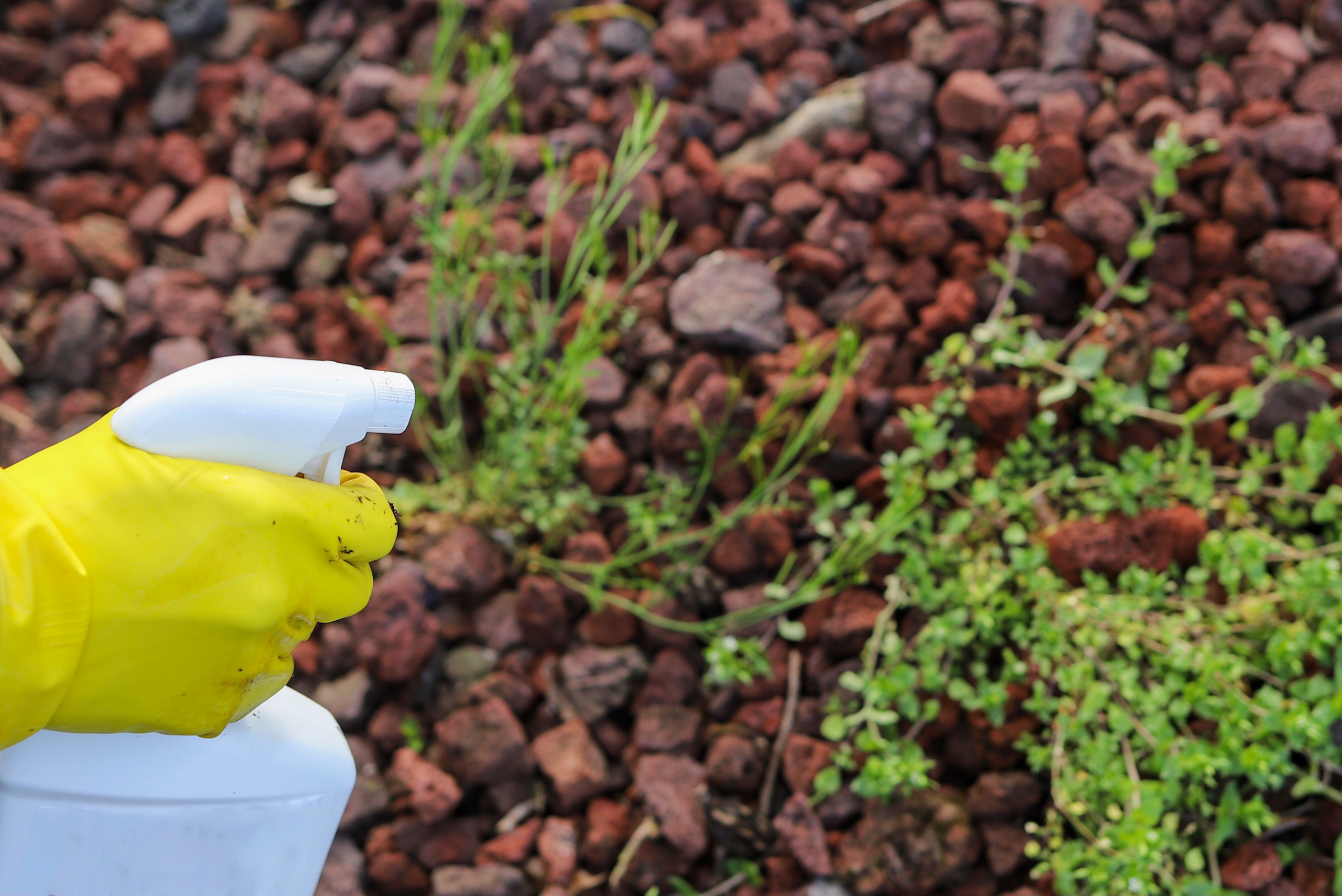
While these methods may take longer to show results, they offer a chemical-free approach to managing poison ivy in your yard.
Long-Term Management to Keep Your Yard Poison Ivy-Free
Maintaining a poison ivy-free yard requires ongoing vigilance and management:
Regular Inspections: Check your property periodically, especially in areas prone to poison ivy growth.
Barrier Creation: Maintain a buffer zone between wooded areas and your lawn to prevent poison ivy from encroaching.
Education: Teach family members and guests how to identify poison ivy to avoid accidental contact.
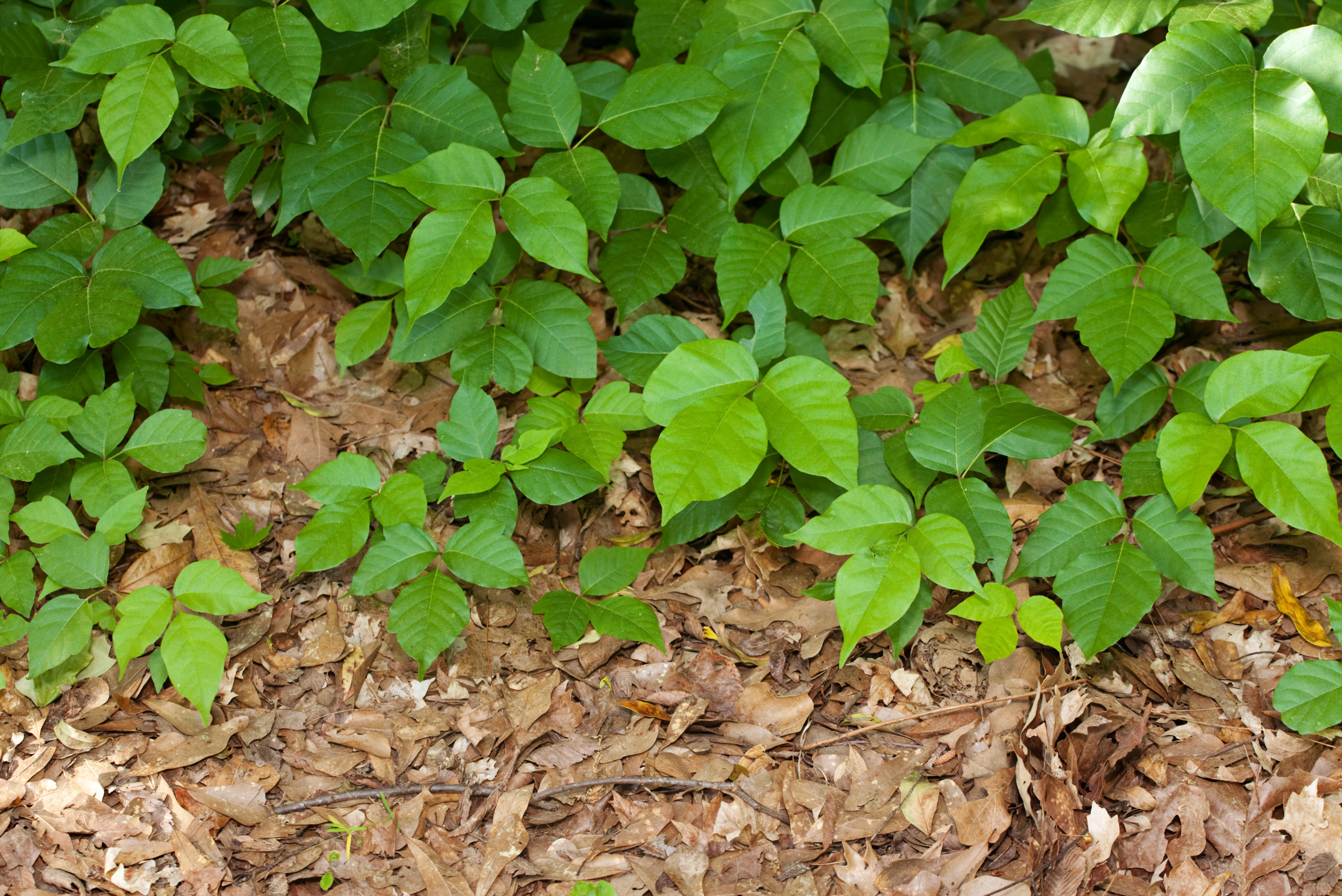
By staying proactive and implementing these long-term strategies, you can enjoy your outdoor space without the worry of poison ivy invasions.
Related Articles
- How to Get Rid of Weeds Without Killing Grass for a Perfect Lawn
- 10 Types of Grass to Consider for Your Lawn
- How to Reseed Your Lawn Like a Pro in Just a Few Easy Steps
Removing poison ivy from your yard may seem daunting, but with the right knowledge and precautions, it’s a manageable task. By following this guide, you’ll be well-equipped to identify, safely remove and prevent the regrowth of this troublesome plant. Remember, patience and persistence are key – it may take multiple attempts to completely eradicate poison ivy from your property. With diligence and care, you can reclaim your outdoor space and enjoy a poison ivy-free yard for years to come.
Ready to start your next project? Join our DIY community to receive tool tips, how-to guides, and exclusive creative insights. Subscribe to the ManMadeDIY newsletter now! Click here to unlock a world of hands-on inspiration.

